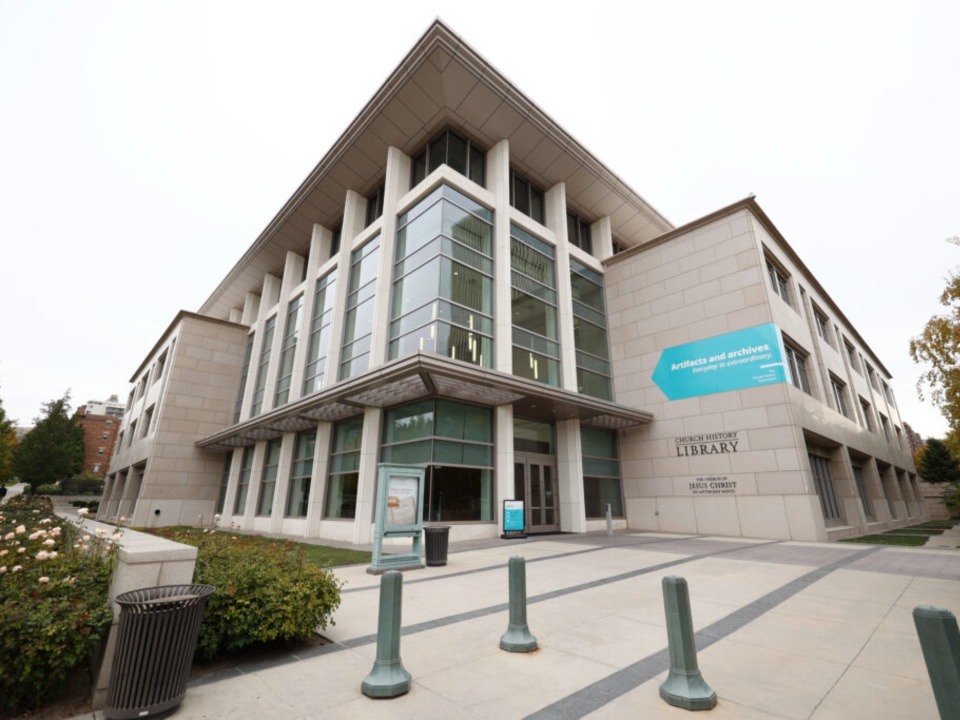
This story appears here courtesy of TheChurchNews.com. It is not for use by other media.
By Valerie Walton, Church News
On April 6, 1830, a revelation was given at the organization of the Church in which the Lord commanded the Prophet Joseph Smith, “Behold, there shall be a record kept among you” (Doctrine and Covenants 21:1).
Since that time, records of the Church have been collected and archived. Thanks to the digital technology available today and the work of archivists and historians, the majority of these records are publicly available through the Church History Library.
Located east of the Conference Center in Salt Lake City, Utah, the Church History Library is a wealth of information and resources for patrons of all kinds. Whether they’re fleshing out the biography of an ancestor who was an early member of the Church, looking back at their stake’s submitted histories for a 50th anniversary celebration, viewing the Foundations of Faith and Joseph F. Smith’s Vision of the Redemption of the Dead exhibits, watching a presentation on the translation of the Book of Mormon, or searching for a Church News article published before 1988, there’s likely some valuable and insightful record available to them.
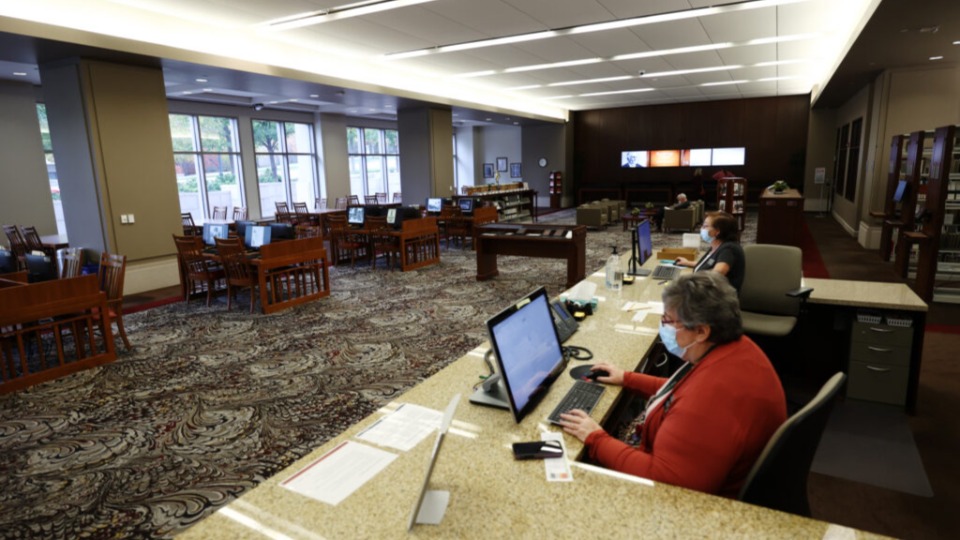
As long as they know how to find it.
With so much information available, patrons might feel overwhelmed and confused as to where they should start.
Church History Library employees Christine Cox and Jay Burrup spoke to the Church News about what the library offers and how people can make the Church History Library a valuable resource in their research efforts. Here are some of their suggestions.
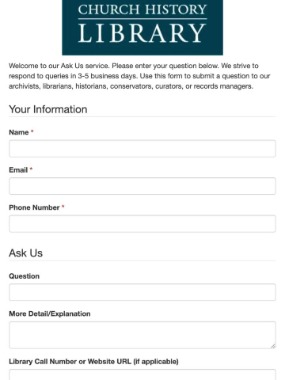
‘Ask Us’
The short answer to where to start is the “Ask Us” form on ChurchHistoryLibrary.org.
“If they are lost, the short answer for that is hit ‘Ask Us,’” said Cox, manager of visitor and consultation services. “We review those every single morning, and we figure out how to respond to them.”
Burrup, an archivist who works in consultation, is one of between eight and 10 people on the consultation team who handles the questions submitted through the “Ask Us” online form. “We read through them, figure out who is going to be the most qualified to answer them, according to our expertise in certain areas and availability,” he said.
Church History Catalog
This is the beginning of the long answer.
Before even stepping foot into the Church History Library to begin research, Cox and Burrup suggest looking at what is available online. And thanks to Church History Department projects such as the Joseph Smith Papers and “Saints,” more information has been digitized and made accessible than ever before.
“One of the things that we do first, we ask them to go look through the catalog,” Cox said.
The Church History Catalog, which can be found at catalog.ChurchofJesusChrist.org, is an online resource of digitized Church records, including journals, photographs, audio recordings and more.
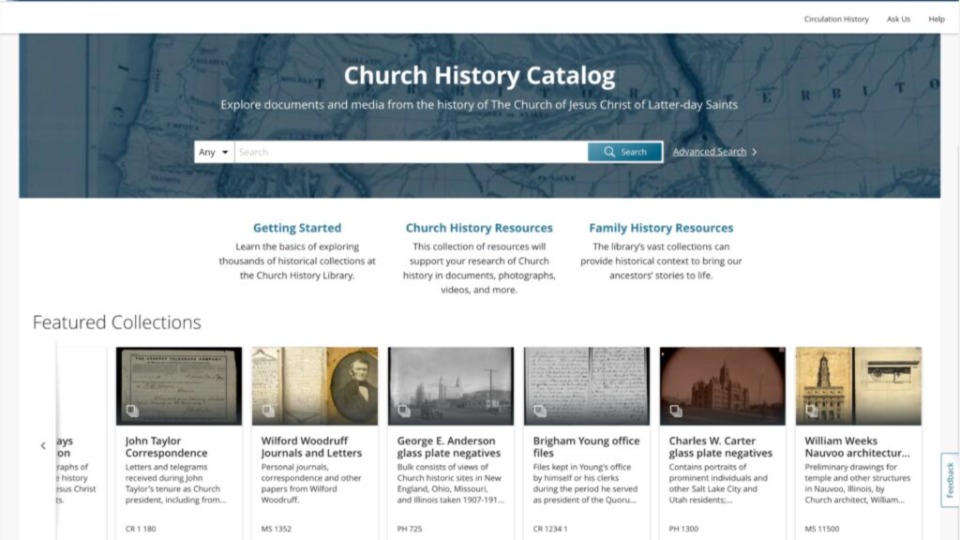
“We encourage everybody to find out where the catalog is, familiarize yourself with it. And then if you need help navigating it, we’re here to help,” she said.
Anyone can search the catalog. Those who log in with their Church account have access to more features. Searches can be narrowed down by digital and non-digital items, publication or creation year, record type, genre, subject, author or creator, language and place.
“We’re constantly improving [the catalog] and trying to make it so it’s much friendlier to the user and the distant user — and especially people that aren’t local. That’s always a concern,” Cox said.
“To help our patrons, we’ve compiled what we call research guides,” Burrup said. There are 19 research guides available, covering topics such as Relief Society records, early Black Church members, early baptism and confirmation records, general conference, and missions and missionaries.
“We’re continually making more as questions come in,” Cox said. These questions help them assess what people are researching and how they can provide a research guide to help them know what key records are available or what steps they should take.

Book an Appointment
The Church History Library, like all buildings on Temple Square and at Church headquarters, closed in March 2020 due to COVID-19 precautions. As these buildings began to open again this past summer, the Church History Library changed the way it did business. Instead of allowing walk-ins, they required anyone coming into the building to set up an appointment, and visitors were connected with a consultant.
“We wanted to maximize the researchers’ time and efficiency,” Cox said.
“The consultant interacted with [the patron] to find out what it was they wanted to come in and use, all the way down to specific items, to see if they were open or if they were restricted or special permissions were required,” Cox explained. So when the patrons came in to do their research, “they walk in, they sit down, their materials are ready to go, and they can use their time very, very efficiently.”
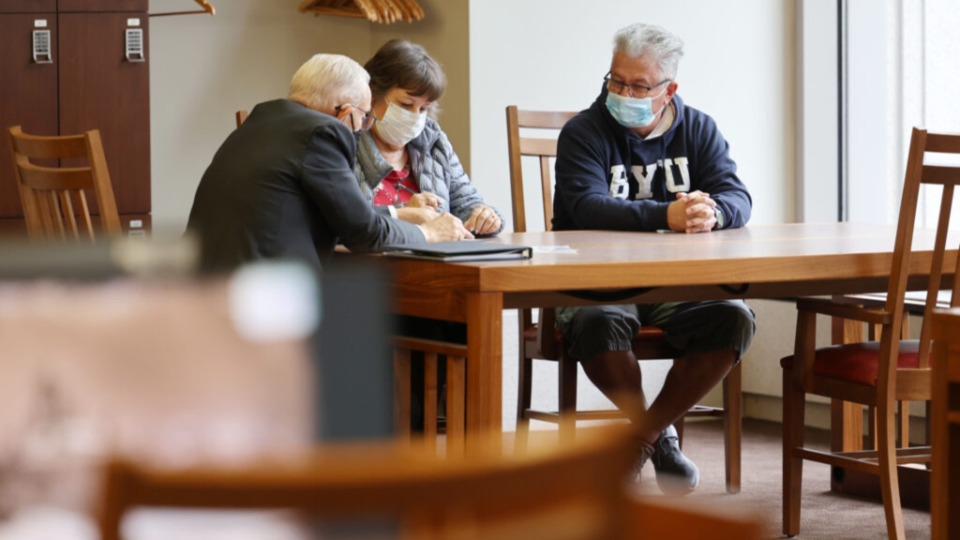
This system has proven so effective that, even though restrictions have eased and the building allows walk-ins again, the staff still encourages patrons to set up an appointment and get connected with a consultant.
“It’s really sad when somebody comes in here and everything they want to see is restricted and they have to go through special permission. And then their whole trip feels a little bit wasted,” Cox said.
Sacred, Private and Confidential
After browsing through the Church History Catalog and coming across a red “Limited digital access” label on some search results, a patron might wonder why these records require special permission before accessing them.
It can be explained by the fact that the Church History Library is technically not a library.
“One thing I think not a lot of people understand is we’re a corporate archive,” Cox explained. “We keep the official records of the Church. Most corporations don’t make their private records readily available. So that’s where we get into some of the access issues.”
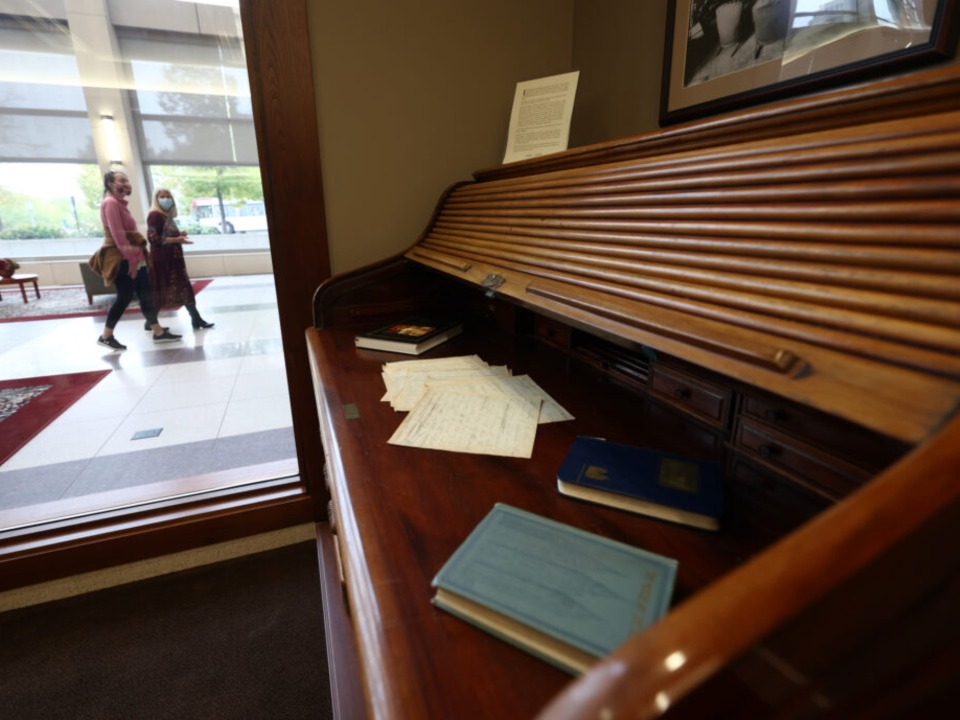
If patrons are wondering why a particular Church record isn’t publicly available, they need to ask whether it’s a corporate record meant for internal use only or whether it was created to be publicly accessible.
“We have three major categories called sacred, private and confidential. Those are the categories where we have to be careful with information that goes out to the public,” Burrup said. Sacred refers to specificity of temple ordinances. Private refers to anything regarding privacy laws. Confidential refers to anything that was never intended to be made public.
Other items are restricted because of more physical limitations.
“If it’s falling apart, crumbling, we won’t let people come in and hold the original, but we will digitize it,” Burrup said. “Or collections that we have that are currently being cataloged, we don’t allow people into them before they’re completely cataloged.“
However, a great deal of Church History Library records are open to the public, Burrup noted.
“We’re making as much available to the public as possible,” Burrup said. “We’re in the digital age, where we can electronically redact information in the middle of a document that is private, sacred or confidential. We can make more documents and information available because of being able to redact, which we didn’t have that opportunity back when we were filming and when you’re looking at an original.”
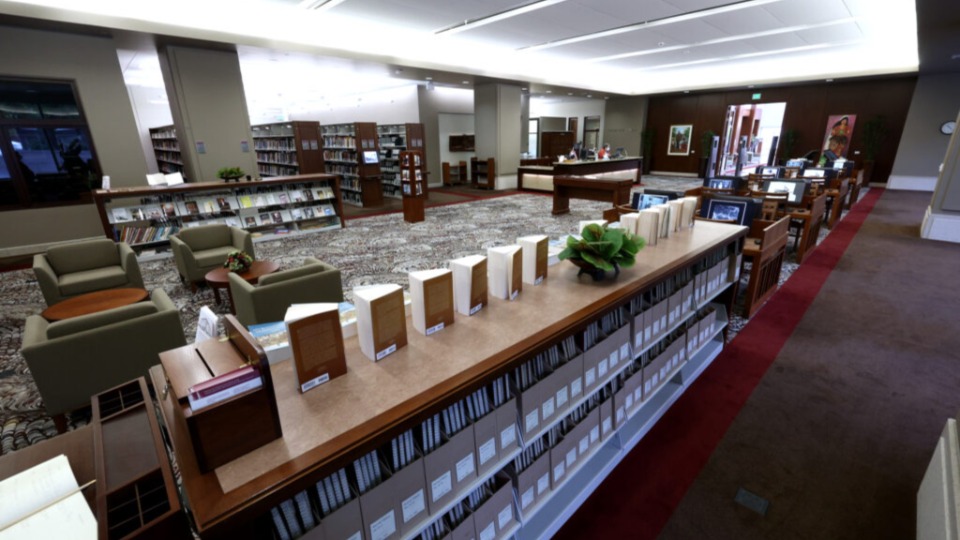
Projects such as the Joseph Smith Papers and “Saints” have also helped to lift restrictions.
“A lot of what used to be restricted or protected from the early history of the Church has now been published by Joseph Smith Papers, such as the Council of Fifty minutes,” Burrup said.
Cox added that “because we’re writing the histories and we’re bringing out information that’s little known or hasn’t readily been available — because some of it has been buried in some of these other records — they’re trying to say, ‘How much can we make available?’ We’re really trying to do more and more with making important information available.”
The Church History Library is open Monday through Friday from 10 a.m. to 5 p.m. and Saturday from 10 a.m. to 3 p.m. Visit ChurchHistoryLibrary.org to fill out the “Ask Us” form, set up an appointment or learn more about the online resources available.
Copyright 2021 Deseret News Publishing Company